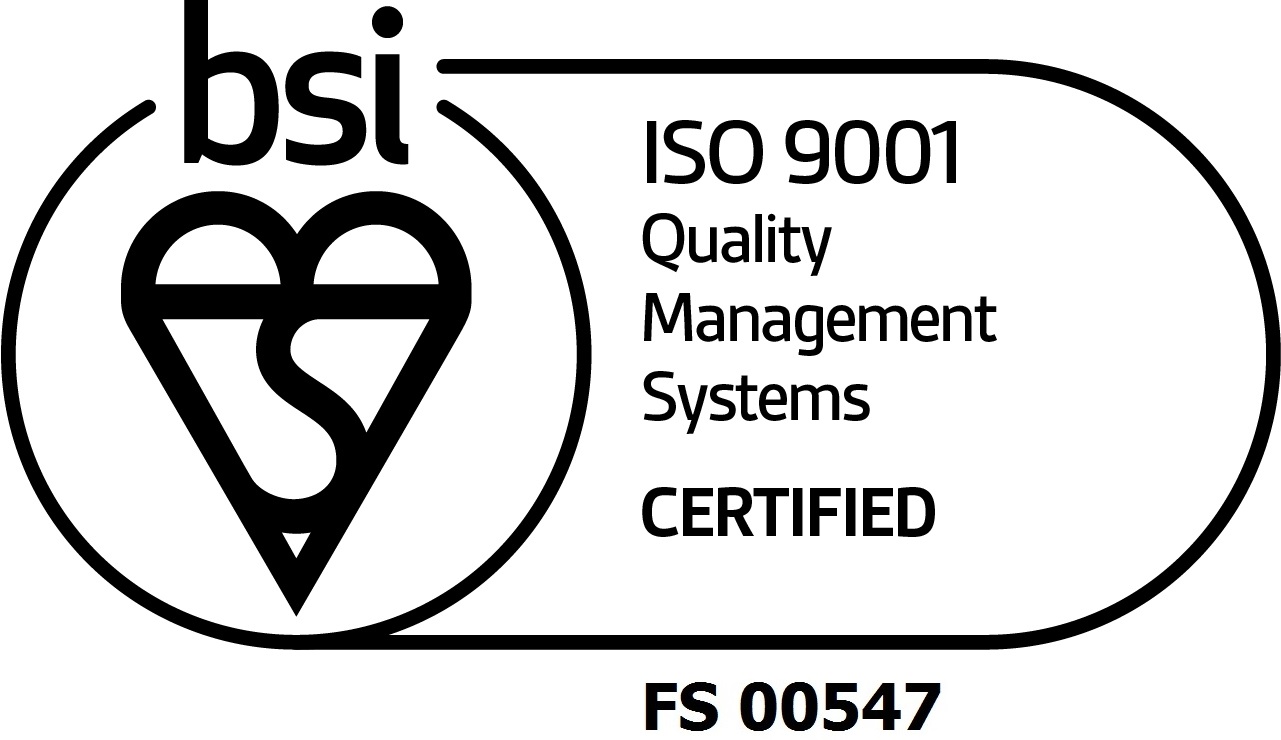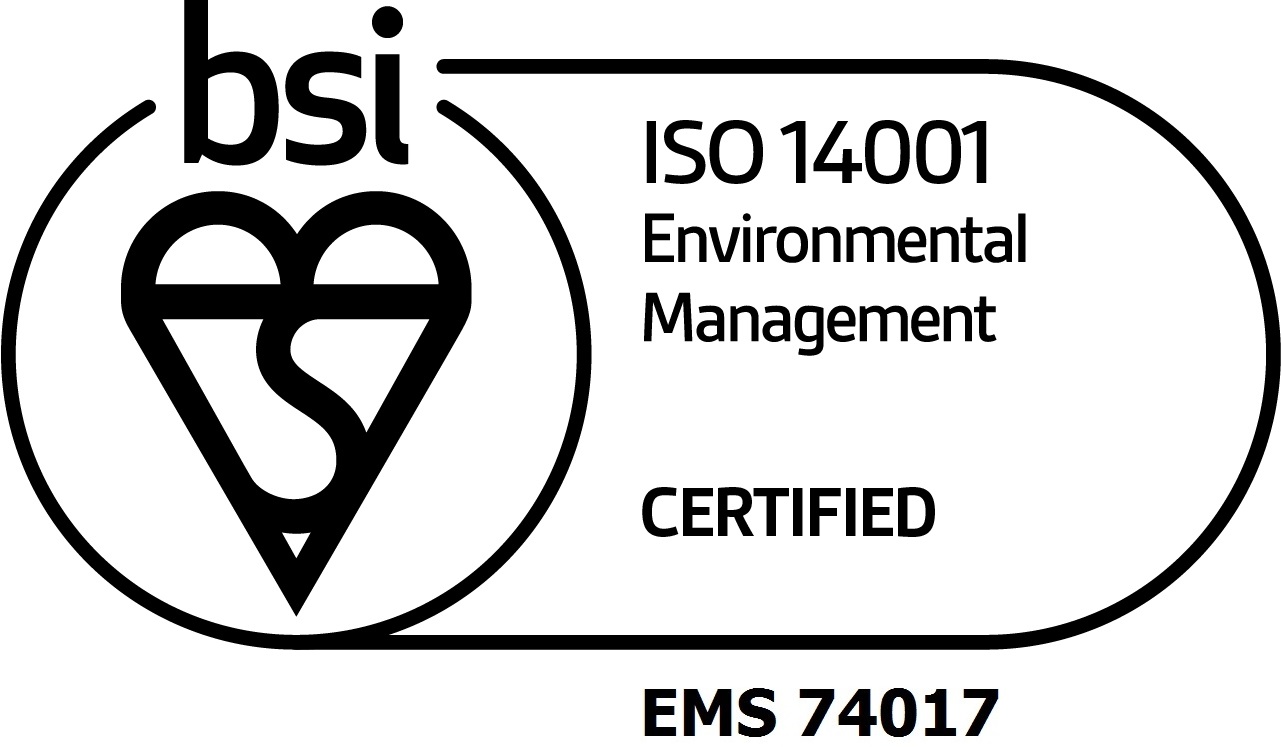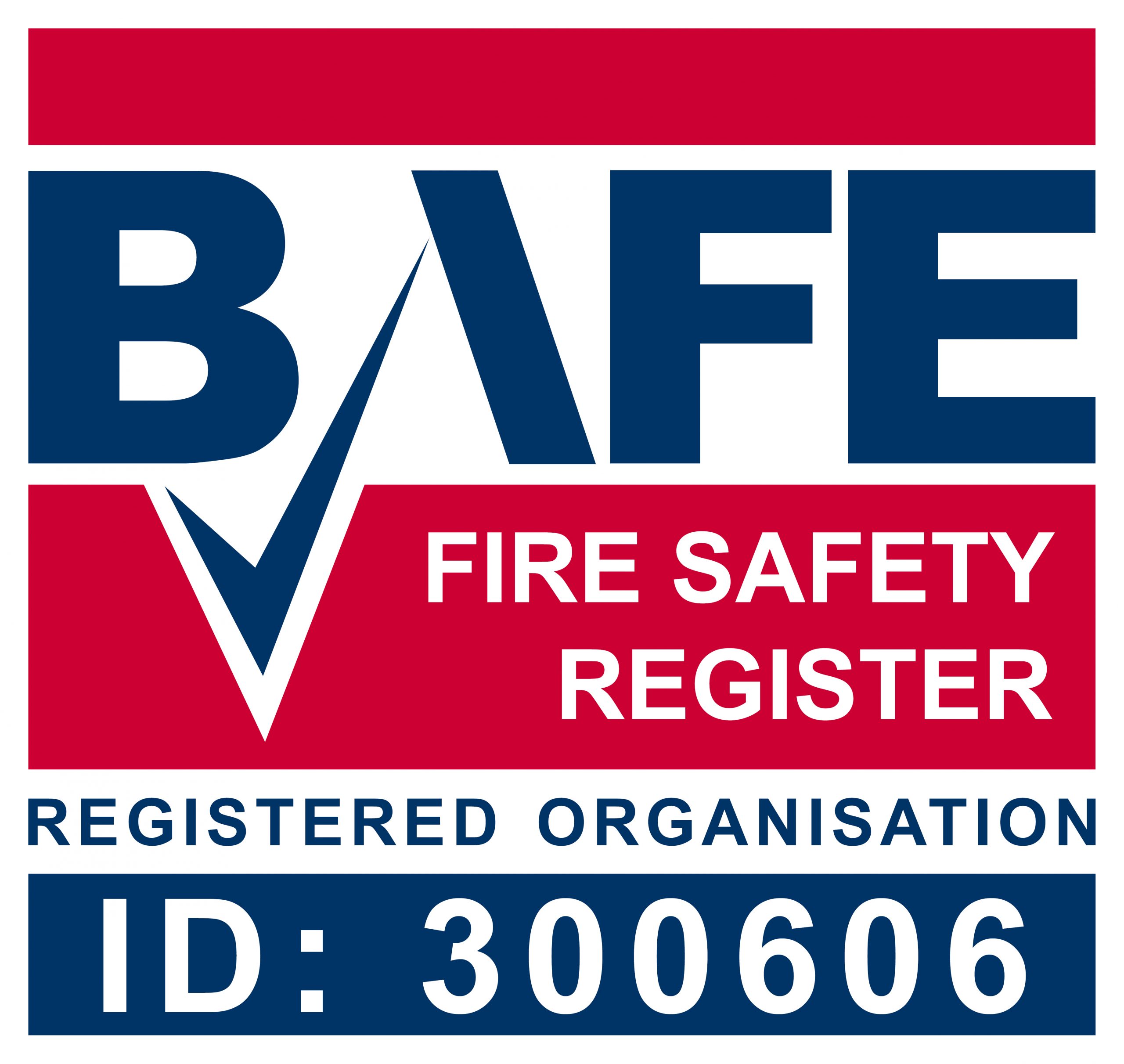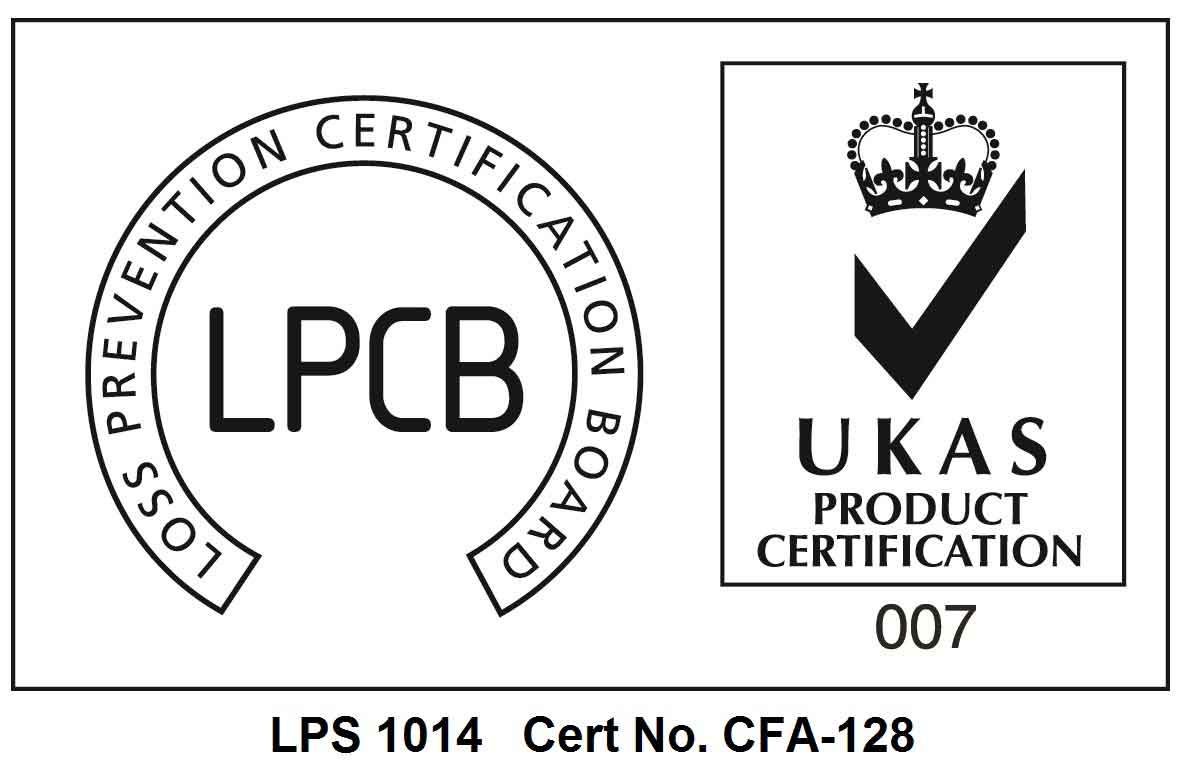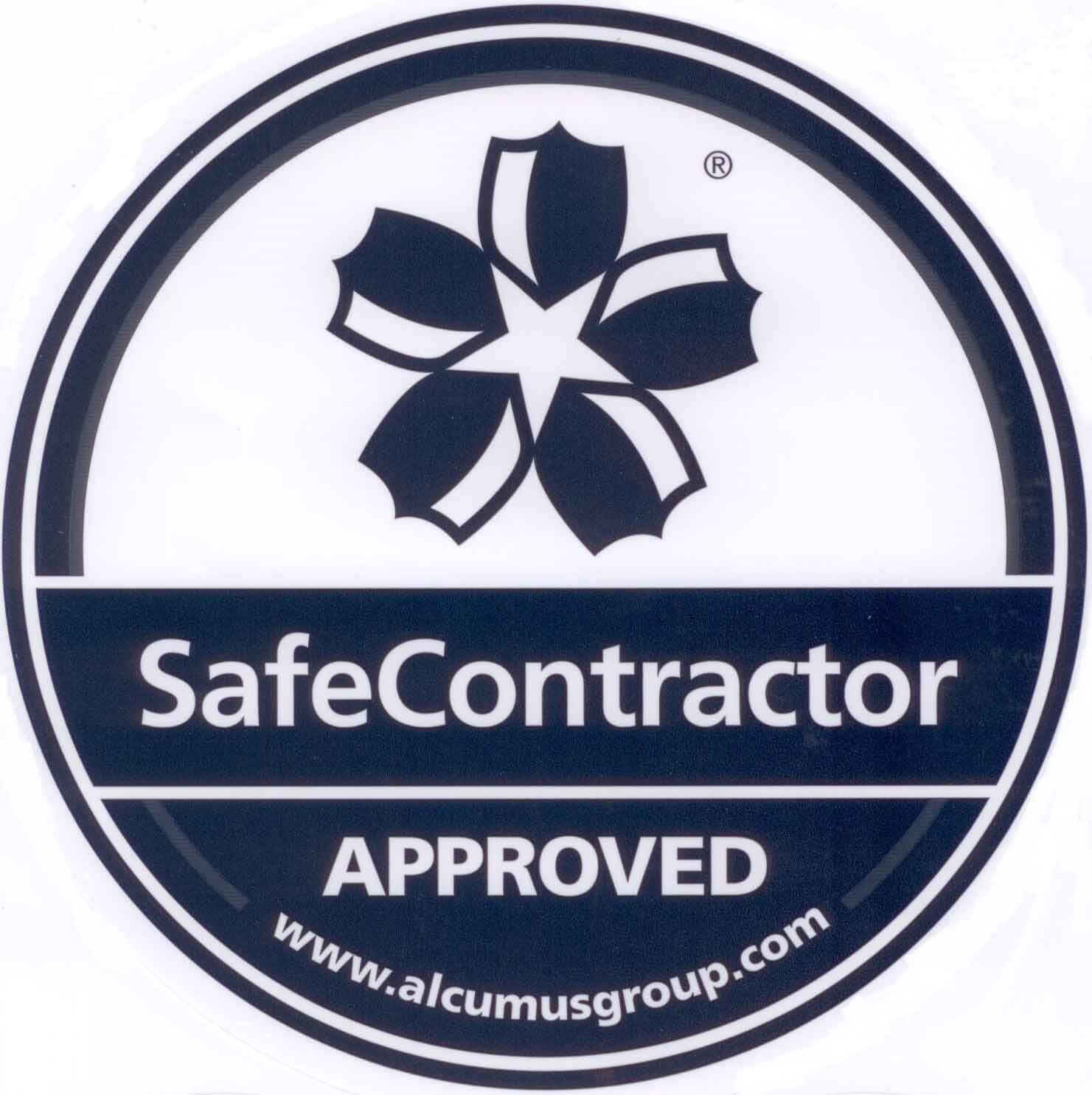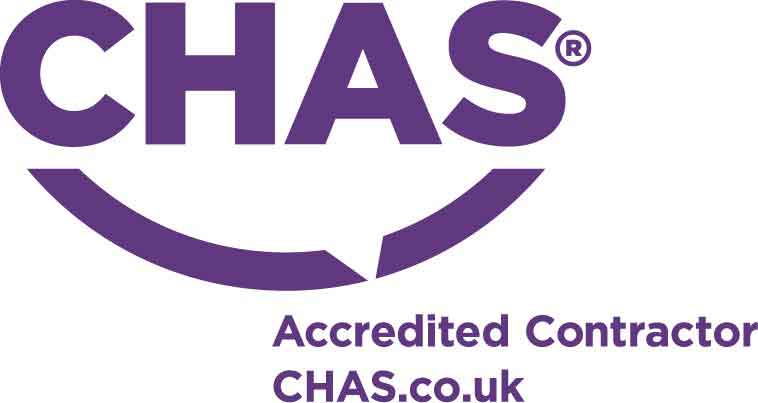The kitchen is the area most at-risk of a fire; in fact, cooking appliances were responsible for 45% of accidental fires last year. What can be done to reduce these numbers? Installing a fire suppression system into the kitchen area can dramatically reduce the risk of fire and provide peace of mind. But how do they work? The team at Pyrotec is here to answer all of your questions.
How do they work?
A fire suppression system is a vital part of your kitchen safety infrastructure. It is automatically triggered upon detection of a fire, meaning it can control or extinguish a blaze in its early stages. Kitchen fire suppression systems typically target a specific appliance; many are found in the hoods of cookers and deep fat fryers.
The system can be activated via two methods: a heat link or a manual pull switch. Heat links are fixed to a wire which breaks when exposed to extreme temperatures. Once the presence of a fire is established, the suppression system will be triggered and the nozzles above the relevant appliance will release a wet chemical extinguishant. This type of suppressant is specifically designed for Class F fires, caused by cooking oil. Typically, a potassium solution is discharged; this forms a soapy layer on top of the burning material, starving it of oxygen. Furthermore, the gas line that supplies the appliance will be disconnected, which withholds fuel from the fire.
What are the benefits?
Although there are multiple fire safety measures that can be implemented to protect your property, a fire suppression system has a number of unique benefits:
- Fire suppression systems provide early detection and stop a fire in its infancy, before it spreads out of control. This minimises damage and protects building occupants.
- It is automatically operated without the need for human intervention. Although fire blankets and fire extinguishers are always useful to have around, you can not guarantee that the operator will remember how to use this equipment correctly in the stress of a real fire. Furthermore, fire suppression systems have a faster response time than any manually operated fire safety measures.
- A fire suppression system is a cost-effective way to protect your property; preventative measures are much less expensive than the cost of replacing your kitchen area if a blaze gets out of control.
- Your insurance premiums could be reduced as you’re less likely to make a claim.
- In commercial kitchens, a fire suppression system will reduce the impact on your business. It allows for normal operations to resume as swiftly as possible – following a clean up, of course.
How often should they be maintained?
Under the Regulatory Reform (Fire Safety) Order 2005, an annual fire risk assessment is required for all non-domestic premises. During this inspection, all fire suppression systems should be carefully examined to ensure they are in full working order. This allows any flaws to be identified and quickly corrected, ensuring your safety in an emergency.
At Pyrotec Fire Protection, we supply fire safety systems to commercial premises across Brighton, Crawley and Eastbourne. We have a range of fire suppression systems to suit any workplace and our accredited technicians are always on hand to provide expert advice on the best measures to suit your fire safety strategy – simply get in touch with us today.



